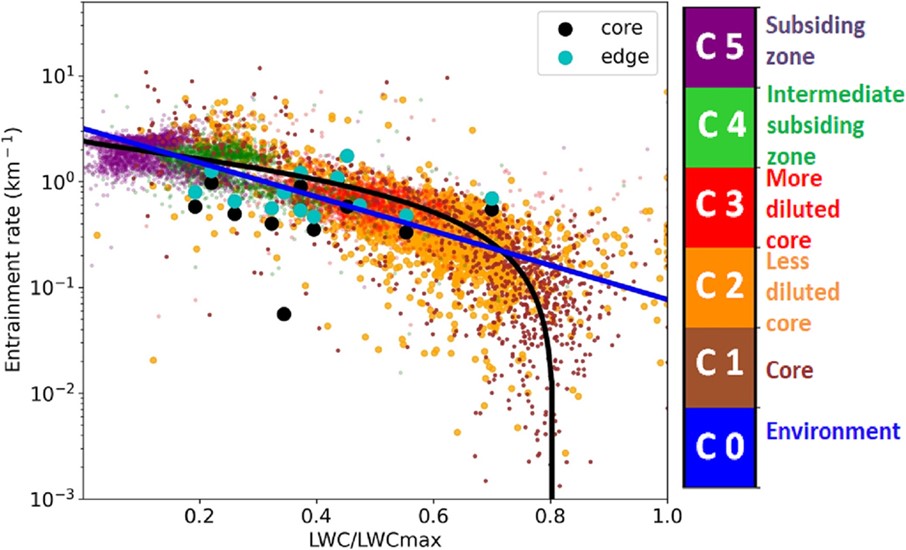Scientist Profile

Ms. Neelam Namadev Malap
Designation
: Scientist B
Phone
: 020-25904345
Fax
:
Email ID
: neelam[at]tropmet[dot]res[dot]in
| Degree | University | Year | Stream |
|---|---|---|---|
| PhD | Savitribai Phule Pune University, Pune | Ongoing | Atmospheric Sciences |
| M. Tech. | Savitribai Phule Pune University, Pune | 2012 | Atmospheric Sciences |
| M. Sc | University of Mumbai, Mumbai | 2009 | Physics |
| B. Sc. | Ramniranjan Jhunjhunwala College, Mumbai | 2007 | Physics |
 Clouds aerosols interaction
Clouds aerosols interaction
 Entrainment and mixing processes in clouds and atmospheric boundary layer
Entrainment and mixing processes in clouds and atmospheric boundary layer
 Diurnal cycle of convection
Diurnal cycle of convection
| Award Name | Awarded By | Awarded For | Year |
|---|---|---|---|
| Best Poster Award | TROPMET conference | Best Poster Presentation | 2016 |
| Year | Designation | Institute |
|---|---|---|
| 2023-Present | Scientist B | Indian Institute of Tropical Meteorology, Pune |
| 2022-2023 | Project Scientist II | Indian Institute of Tropical Meteorology, Pune |
| 2018-2022 | Project Scientist B | Indian Institute of Tropical Meteorology, Pune |
| 2016-2017 | Project Scientist B | Indian Institute of Tropical Meteorology, Pune |
| 2015-2016 | Junior Research Fellow | India Meteorological Department, Pune |
| 2012-2015 | Junior Research Fellow | Department of Atmospheric & Space Sciences, Savitribai Phule Pune University, Pune |
| 2009-2010 | Assistant Teacher in Physics | Bharat Junior College of Science and Commerce, Thane |
Research Highlight

Entrainment rates in the cloud zones of continental shallow cumulus
The saturation deficit regions of the clouds are strongly affected by the entrainment and mixing of moist cloudy air with drier environmental air due to ascending and descending moist thermal plumes differing in the buoyancy. Study identifies the different dilution regimes of clouds with the three parameter clustering method and illustrates the larger entrainment rates in the drier environment. The core region is less diluted and exhibits large liquid water content. Both CAIPEEX aircraft observations and large eddy simulation shows an increase in entrainment rate with a decrease in adiabatic fraction and this relationship is very useful for the large-scale modelers.


